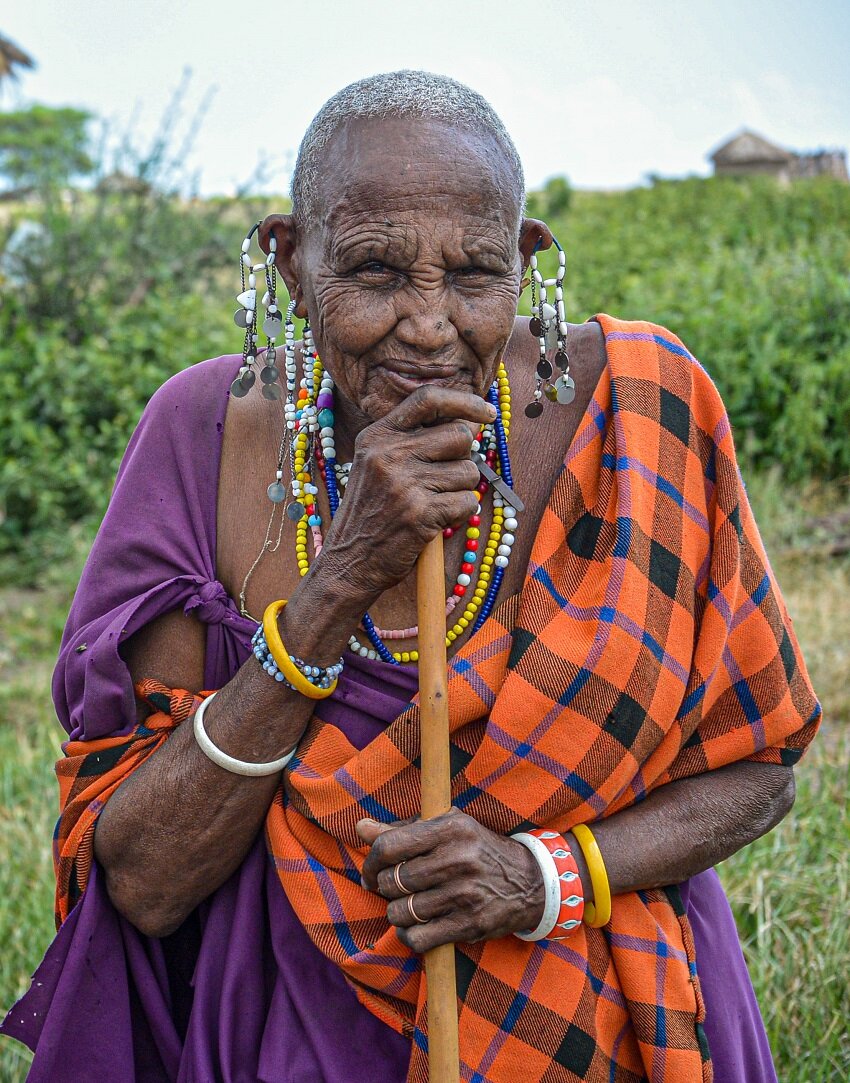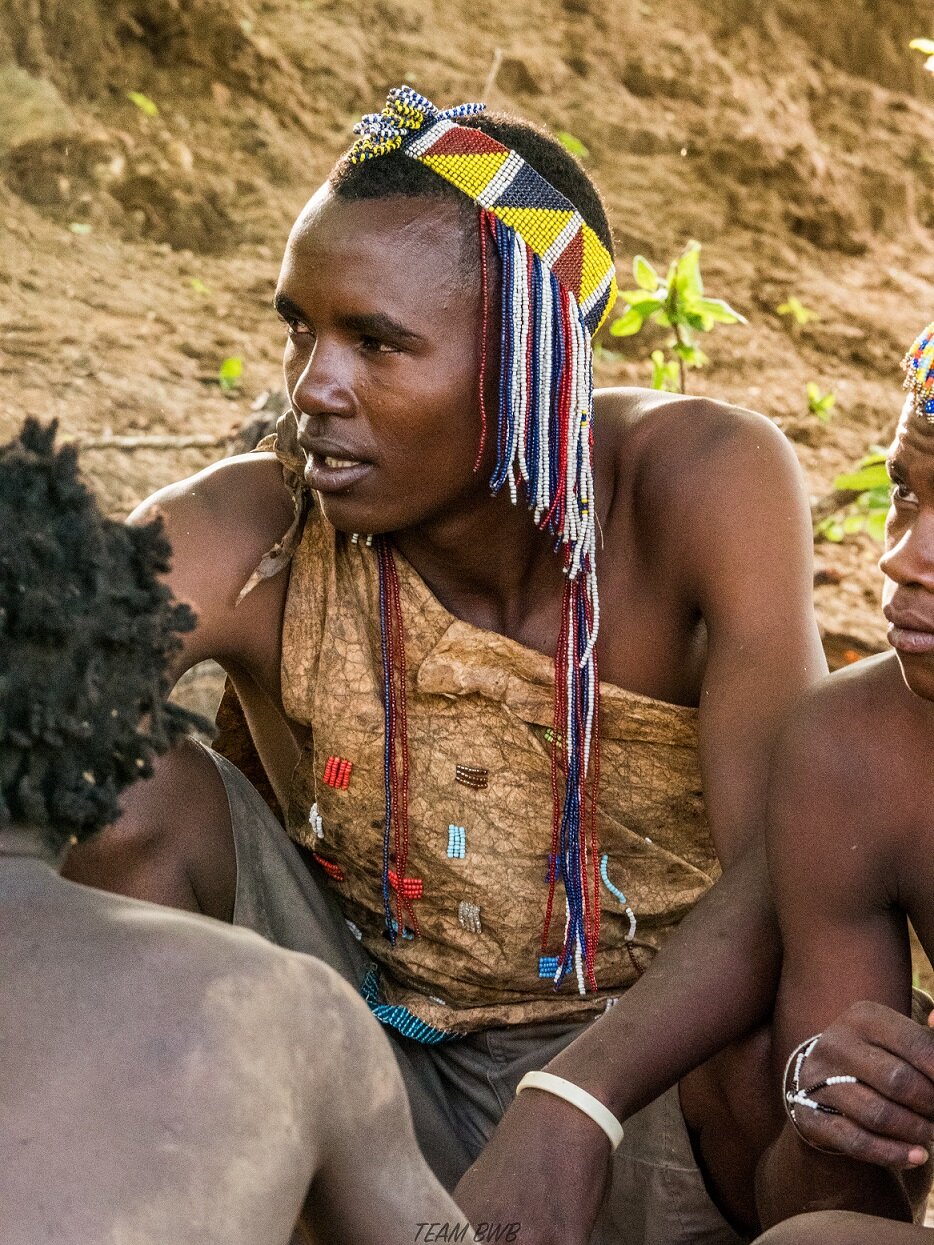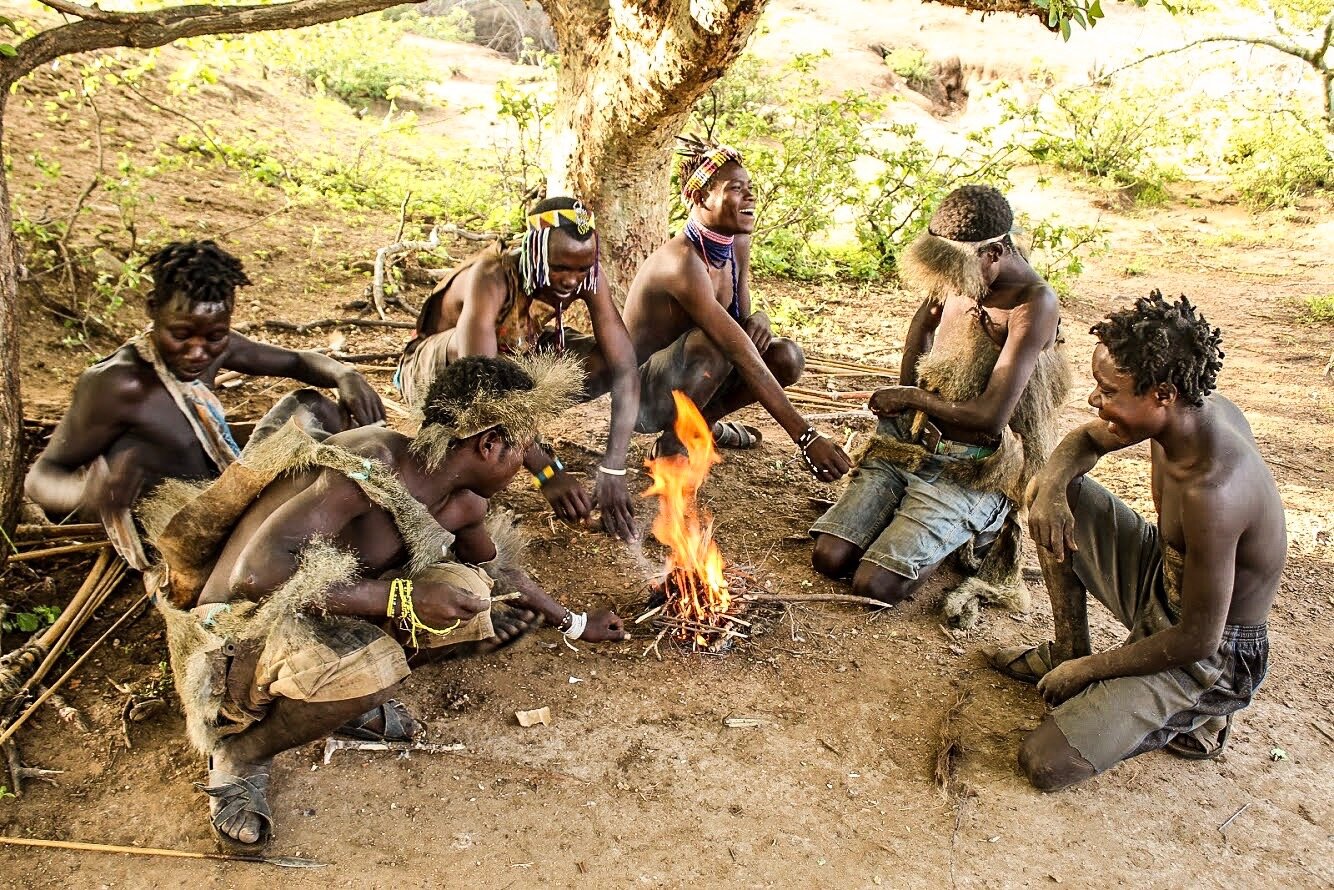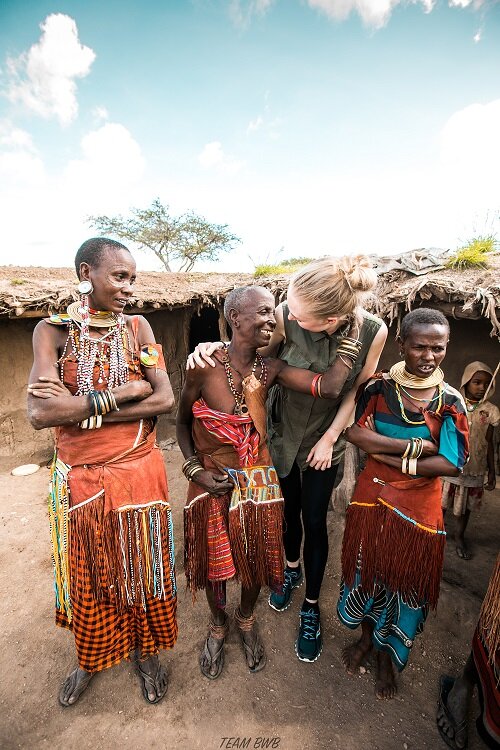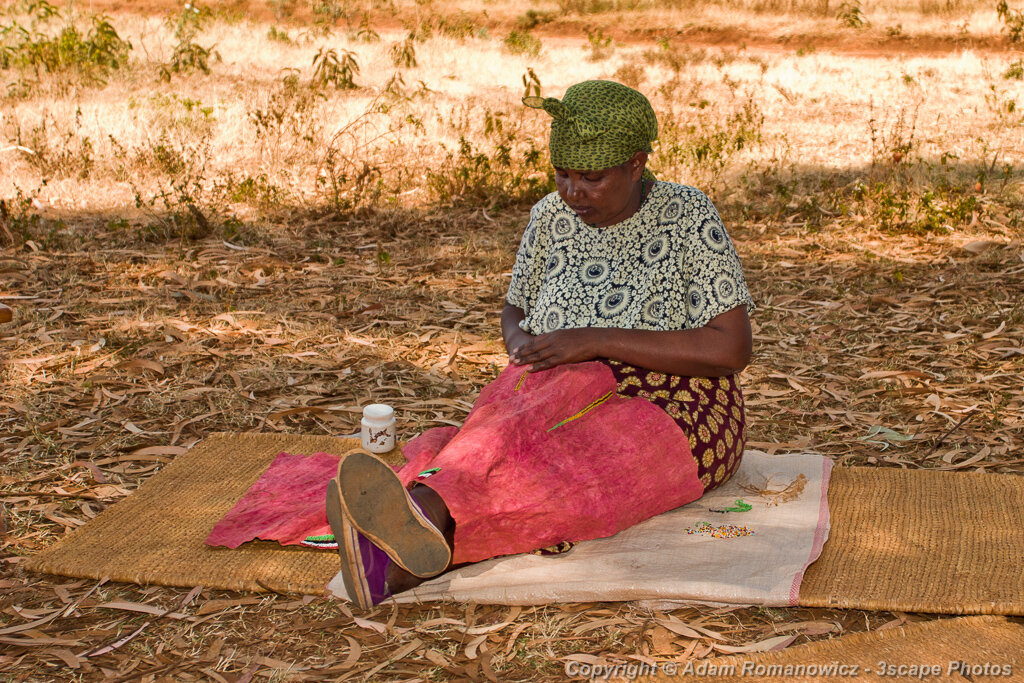Meet Tanzania's Tribes
The tribes and cultures of Tanzania are every bit as fascinating as the wildlife and breathtaking landscapes that the country is popularly known for. What’s even more interesting is that Tanzania is home to more than 120 tribes, all with their distinct traditions and customs. Naturally, the best way to learn about these new cultures and gain a deeper appreciation for its diversity is to include a visit to these tribes in your itinerary. And while we cannot touch on all the tribes in Tanzania, here are a few you should consider getting to know on your Tanzania safari tour:
The MAASAI
An indigenous ethnic group of semi-nomadic people, the Maasai Tribe settled in northern Tanzania and Kenya, and due to their distinct traditions, regalia and culture, and the proximity of their residence to many East African national parks, the Maasai are among the most well-known tribes in the world. With a population of over 800,000, the Maasai, according to oral tradition, originated north of Lake Turkana (north-west Kenya) and arrived in central Tanzania and northern Kenya during the 17th and 18th centuries. Their language, Maa, was derived from Nilo-Saharan, related to Dinka and Nuer, but many also speak the official languages of Tanzania and Kenya (Swahili and English). The Maasai society is patriarchal and their traditional lifestyle concentrates mainly on their cattle which makes up the primary source of food. Like with several other African ethnic groups, a man's wealth is measured by the amount of children and cattle he has.
The Maasai tribe are known for their brightly colored outfits and traditional lifestyle concentrated on cattle which make up the primary source of food. The wealth of a man is measured in children and cattle but is also considered poor if he has many cattle but no children. Though they use spears and shields, they were most feared for their ability to expertly throw the orinka (club) from up to 70 paces (100 meters approximately).
Firmly patriarchal in nature, most major disputes and matters are resolved or determined by retired elders and elder Maasai men. They are monolithic in nature and believe in their god called Enkai or Engai. The Maasai music comprises traditionally of rhythms rendered by a chorus of harmonies sung by vocalists while the olaranyani (song leader) sings the melody.
The HADZABE
The Hadza tribe is an indigenous semi-nomadic hunter-gatherer group that resides around Lake Eyasi in the central Rift Valley and the neighboring Serengeti Plateau. They are said to be the descendants of Tanzania's aboriginal hunter-gatherer population and they have occupied their current territory for thousands of years. They are
The first contact and written accounts of the Hadza by the Europeans are from the 19th century and since then, many attempts have been made by the Tanzanian government, successive colonial administrations, and foreign missionaries to settle the Hadza by introducing Christianity and farming. However, these efforts have largely failed as many Hadza still go about their lives the same way their ancestors were described as living.
As one of the descendants of Tanzania’s aboriginal hunter-gathering population, the Hadzabe tribe has a division of labor that is split between foraging and hunting. While Hadzabe men usually forage individually, women are known generally to forage with at least one adult male accompanying the group. The Hadzabe women carry digging sticks, large skin pouches for carrying items like knives, shoes, clothing and various other items held in the pouch around their neck, with a grass basket for carrying berries while foraging.
Their diet consists mainly of honey, fruits, tuber, and meat. The availability of meat in their diet increases during the dry season when men often hunt in pairs hoping to shoot animals with their bows and poisoned arrows. They are highly skilled hunters and are known for their selective skills in hunting, foraging and their vast knowledge of plants, fruits, tubers, and wild animals.
Read more about what we can learn from the Hadzabe.
The DATOGA
Dubbed as the Mang’ati in Swahili, the Datoga people are agro-pastoral nomadic Nilotic speaking people. They reside in the Singida and Manyara Region of north-central Tanzania near Mt. Hanang, Lake Basotu, and Lake Eyasi. They consider themselves the oldest tribe in Tanzania (other tribes like the Maasai and the Hadzabe also claim this fame). Their migratory history has been somewhat reconstructed through the study of comparative linguistics and oral tradition of the Datoga and its neighbors. They are said to be from South Sudan or Western Ethiopia highlands. As their ancestors gradually migrated southward, this resulted in settlements in the highland areas of Kenya and Tanzania by speakers of Nilotic languages, herding, and farming in the rich highlands by about AD 1500. An estimated 30,000 to 76,000 Datoga live in Tanzania.
The Datoga people are considered pastoralists and they place incredible cultural meaning on cattle. However, the extent to which they rely on semi-nomadic herding strategies varies across the region. While some communities rely extensively on traditional practices and utilize primarily a milk-based diet, other communities rely on intensive agriculture.
They are characteristically known for keeping to themselves and are a tribe of proud people and fierce warriors known for their stealth ability. They are skillful and are also known for their blacksmith skills, beads works, brass bracelets, and necklaces, while also supplying arrowheads to the Hadzabe tribe. The Datoga blend in with their environment through their a reddish brown color soil outfit, reddish patched leather dresses, beadworks, bracelets, and necklaces. Another cultural identity and feature of theirs that distinguishes them from other tribes is their decorative tattooing around their eyes in circular patterns.
The IRAQW
Also known as the Wambulu by Swahili speakers, the Iraqw people are a Cushitic-speaking ethnic group inhabiting the Great Lakes Region of East Africa. The Iraqw people have traditionally been viewed as the descendants of a Neolithic Afro-Asiatic peoples who have practiced plant and animal husbandry in the Great Lakes Region.
Their Ancestors are often credited with having constructed the sprawling Engaruka Complex in northern Tanzania. The Iraqw practice an intensive form of self-contained agriculture that resembles the ruins of stone-walled canals, furrows, and dams that are found at Engaruka. Maize is the staple crop of the Iraqw; it is supplemented with beans, sorghum, and millet (the latter two are used primarily for brewing beer). Other food crops are pumpkins, sweet potatoes, European potatoes, onions, and various legumes.
The Iraqw people speak the Iraqw language as a mother tongue and their population is estimated to be over 900,000. Although Iraqw is not an endangered language, due to the minimal use of it in writing and the increasing importance of other languages as the country develops, it may be a future that is looming ahead. The traditional culture of the Iraqw has a rich oral literature. Historically, the Iraqw have been seen as outsiders from other peoples within Tanzania, and a large part of their songs and poetry are about living in peace with their neighbors.
Gender and age are the bases for the Iraqw division of labor. On the Iraqw homestead, women sow the fields and harvest the crops, although men may assist if there is a shortage of labor. Hoeing, weeding, and threshing of sorghum and wheat are men's tasks. Young girls are responsible for taking the livestock out of the house in the morning, collecting the night's manure, and spreading it in the sun to dry. Children and married women take care of the calves and the wounded cattle, goats, and sheep; the young, unmarried men are responsible for herding. Women cook, keep house, and care for the children. They collect firewood, draw water, milk the cows, and plaster the house walls. Polygyny is accepted, but very few men have more than one wife in Iraqw society.
Tanzania’s PEOPLE AND CULTURE
It is always very easy to stick to what we know rather than trying to meet new people who are completely different from you. But by trying to understand and embrace cultural differences, we can open ourselves up to a new world of exciting possibilities and experiences.
For instance, trying out the local food and taking cooking classes are great ways to better understand another culture. Interacting with Tanzanian locals during your trip or simply going out to explore your surroundings without an itinerary is also a fantastic way to gain insight into a new culture.
Feel free to visit the Cultural Heritage Center to learn about the region’s rich history, learn the basics of the Swahili language, and read up a little about the tribes and country you intend to visit to have a better understanding of its people and culture.
At the end of the day, travel is a lot more than visiting a new place and taking photos for your Instagram page; it's about having a transformative experience, immersive yourself in other cultures, finding yourself in the process and making a lasting impact. Authentic, cultural experiences is what we’re all about at Sababu Safaris.

